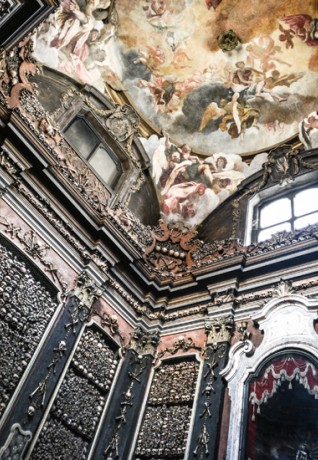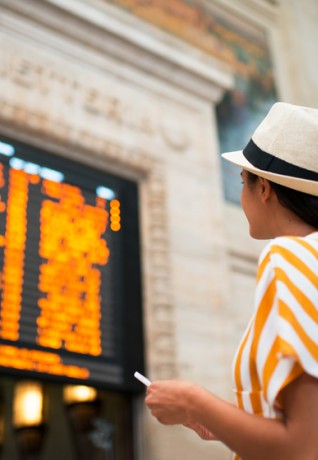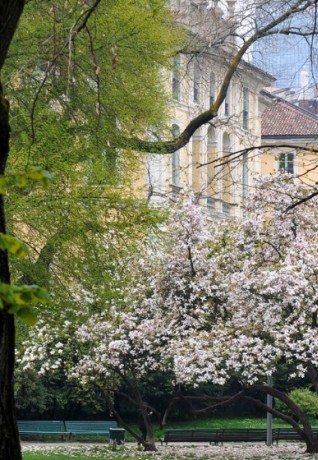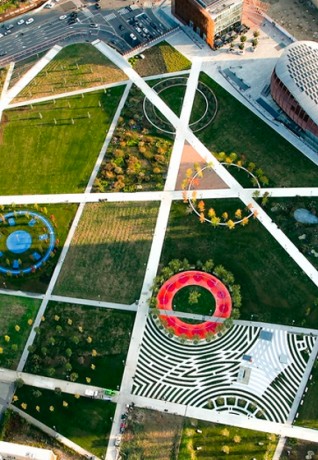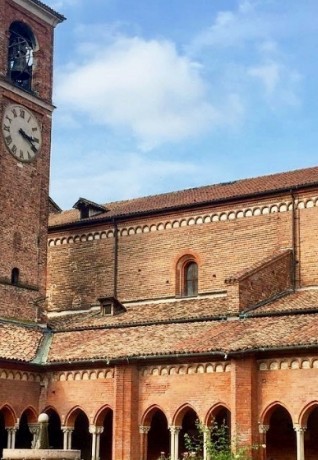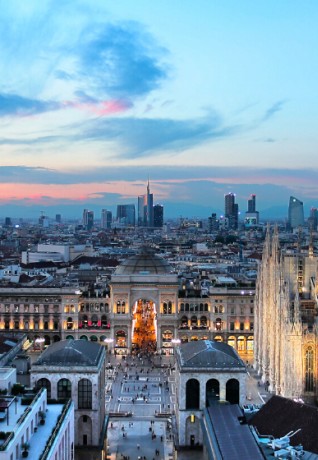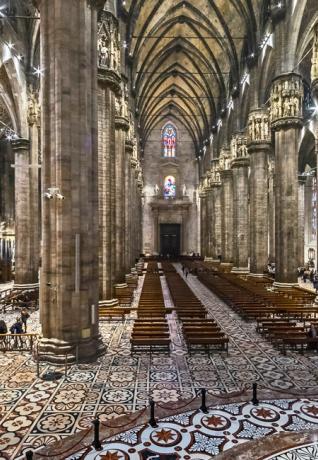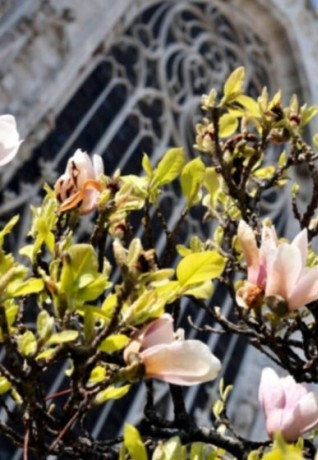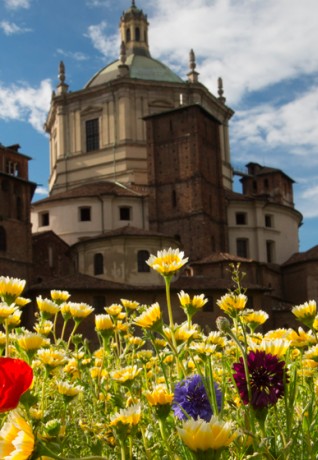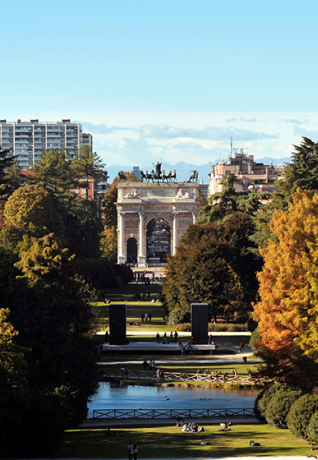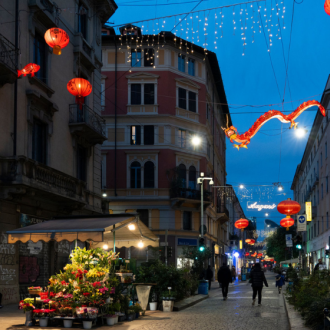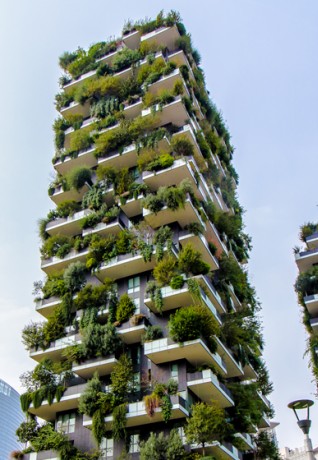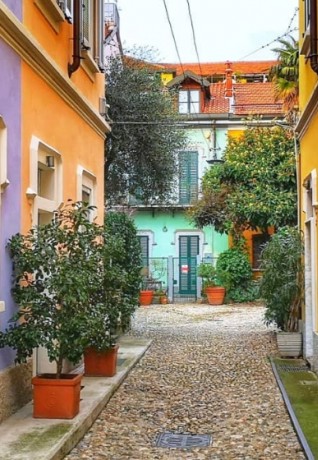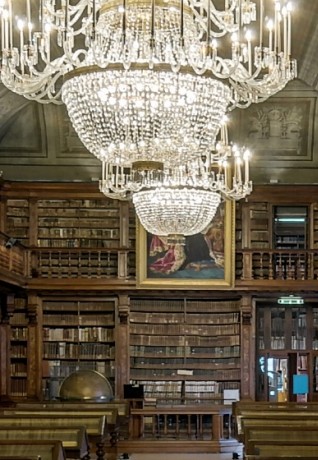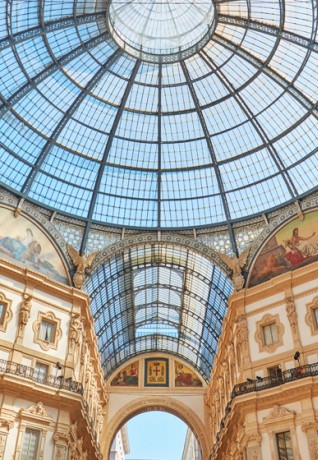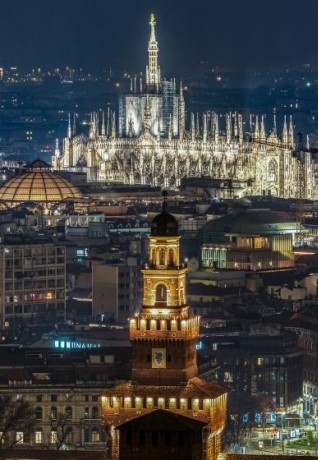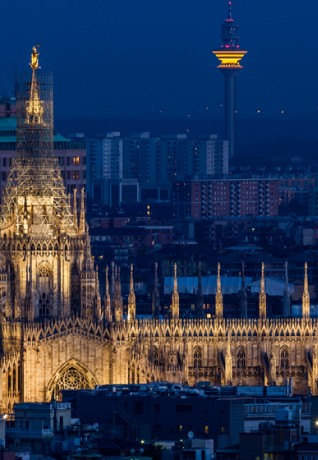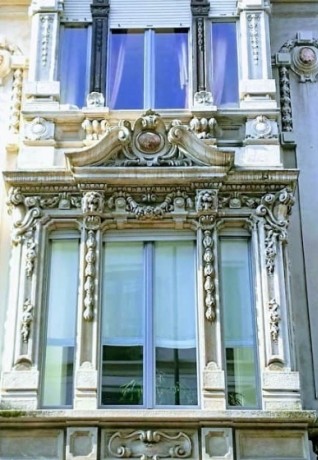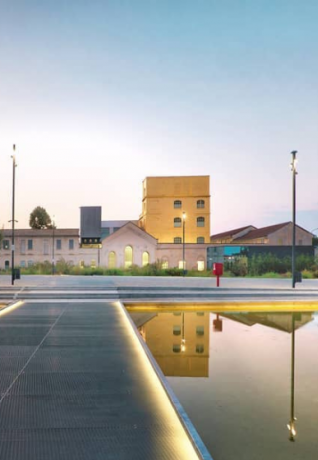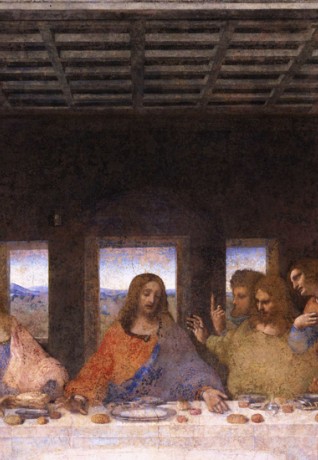Abbeys and monasteries
Centuries of history and spirituality embrace the city
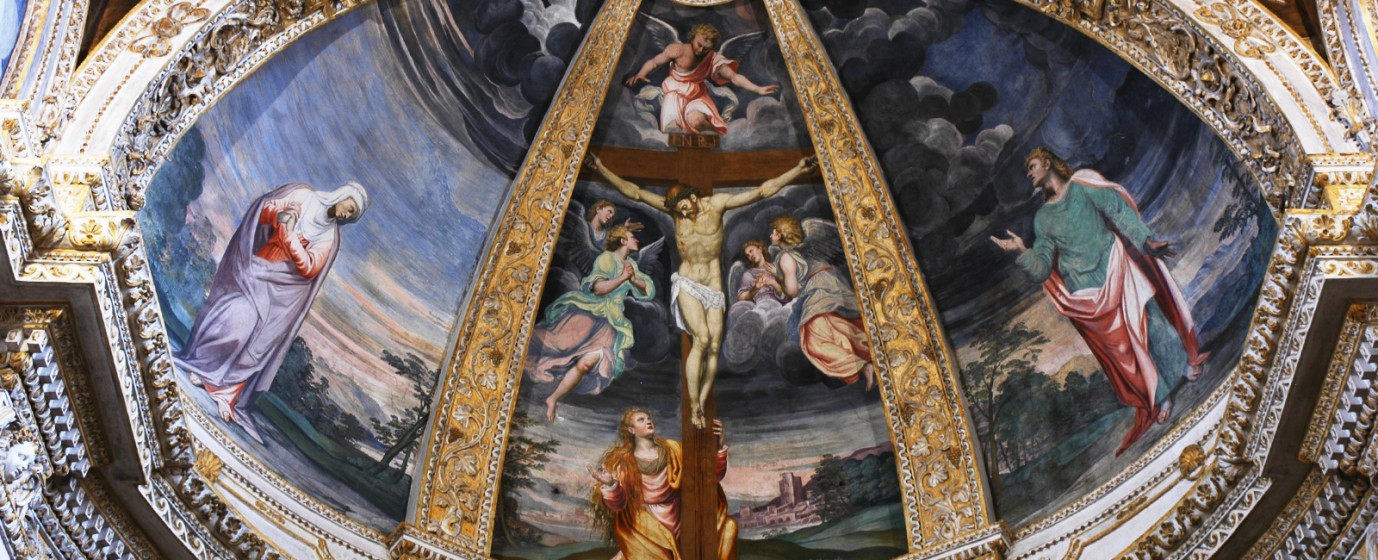
Getting to know how the old monastic communities lived, alternating working in the fields with prayer, seeking out architectural and artistic masterpieces and take advantage of the sale of various local products.
The suggested itinerary allows the visitor to get an idea of the great historical and artistic wealth of the civilization brought about by monasticism, in particular with regard to the Humiliati and Cistercian orders. These orders developed primarily in the irrigated lowlands south of Milan, with its abundance of springs and marshes.
Discover the Charterhouse of Garegnano, of which some cloisters and the church complex with precious frescoes remain, and the Abbazia di Chiaravalle which, with its cloisters, its monastery and its residential quarters is a very well-structured complex surrounded by the green of Parco Agricolo Sud.
Also of great interest are the other impressive abbeys located south of the city: the Abbazia di Viboldone in the municipality of San Giuliano Milanese, the Abbazia di Mirasole in Opera and the Abbazia di Morimondo.
Continuing the itinerary southwards, now in the province of Pavia, we arrive at the Certosa di Pavia, built between 1396 and1473 and considered as one of the greatest masterpieces of Renaissance Lombardy art. Also belonging to the Carthusian order is the Certosa di Garegnano (Charterhouse of Garegnano) of which remain some cloisters and the church with its wealth of frescoes within.
Amongst the more minor, but still very interesting, traces of monasticism a few kilometres from Milan we can find the Comunità dei SS. Pietro e Paolo at the Cascinazza in Buccinasco, S. Maria in Calvenzano in Melegnano and, in the eastern suburbs, S. Lorenzo in Monluè.
Founded on September 19th, 1349 by Giovanni Visconti, Lord and Archbishop of Milan, the Certosa was built far from the city to allow the monks to live and pray in silence.
The Abbey was founded in 1134 by a group of monks from the abbey of Citeaux in France. The most noted feature of the monastic complex is the tower. It is called Ciribiciaccola in the local Milanese dialect and the word was used in a famous tongue-twister nursery rhyme. . It was probably erected between 1330 and 1340 and it is one of the many architectural and artistic attractions of the building. The inside is also is also remarkable, with numerous frescoes, the choir and the graffiti by Bramante.The cloister is also something you don’t want to miss.
The sober style of the architecture is enriched by numerous frescoes. Inside it is possible to admire many frescoes attributed to Tuscan painters who sought refuge in Lombardy. Especially remarkable is the fresco of Il Giudizio Universale (The Last Judgment) attributed to Giusto De’ Menabuoi. The Abbey has a gabled façade with exposed brickwork. The bell tower recalls the façade.
Mirasole Abbey is located in the municipality of Opera, just south of Milan. It is one of the most interesting example of building where the several activities of the community were concentrated. The complex comprises agricultural buildings, the church and the cloister. The façade is characterized by a rosette and two terracotta low-reliefs from the 14th century. The inside presents a presbytery with a frescoed vault representing the four Evangelists. The church also has some frescoes representing the Holy Trinity with angels and the Assumption of the Virgin Mary.
Established in 1267 by the Humiliati order and transformed into a parish church in 1584, when the order was suppressed by S. Charles Borromeo, the building was restored in 1877. It is one of the best examples of the organization of the Humiliati, who were devoted to agriculture and wool processing
Located in Morimondo, about 30 km from Milan on the border with the territory of Pavia, lies one of the oldest Cistercian abbeys founded in Lombardy and in the whole of Italy.
A masterpiece of marble sculptures, paintings and decorations. The project was originated by a vow made to the Virgin Mary by Caterina Visconti, Duke Gian Galeazzo’s wife: if she gave birth to a male she would call him Maria, along with every child, and would build a Carthusian monastery. This vow was immediately acknowledged by Gian Galeazzo who started the construction in 1396 summoning the most prominent architects and artists of the time and also wanted to realize a sacellum for the Visconti family.
In this typical Lombard farmhouse, inhabited by a male Benedictine community, daily work in the fields still takes place and beer is produced according to an ancient monastic recipe.
The church of Santa Maria, located near Melegnano, was founded by the Clunisian order; it is place of art and prayer dating back to 1000 years.

 Log in
Log in


